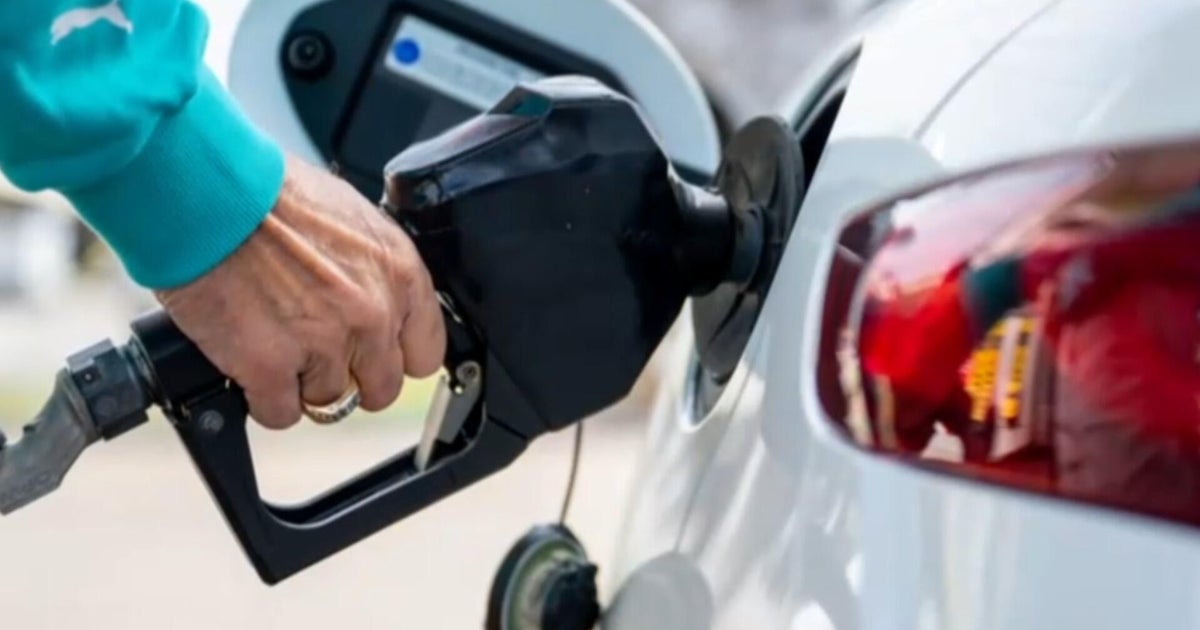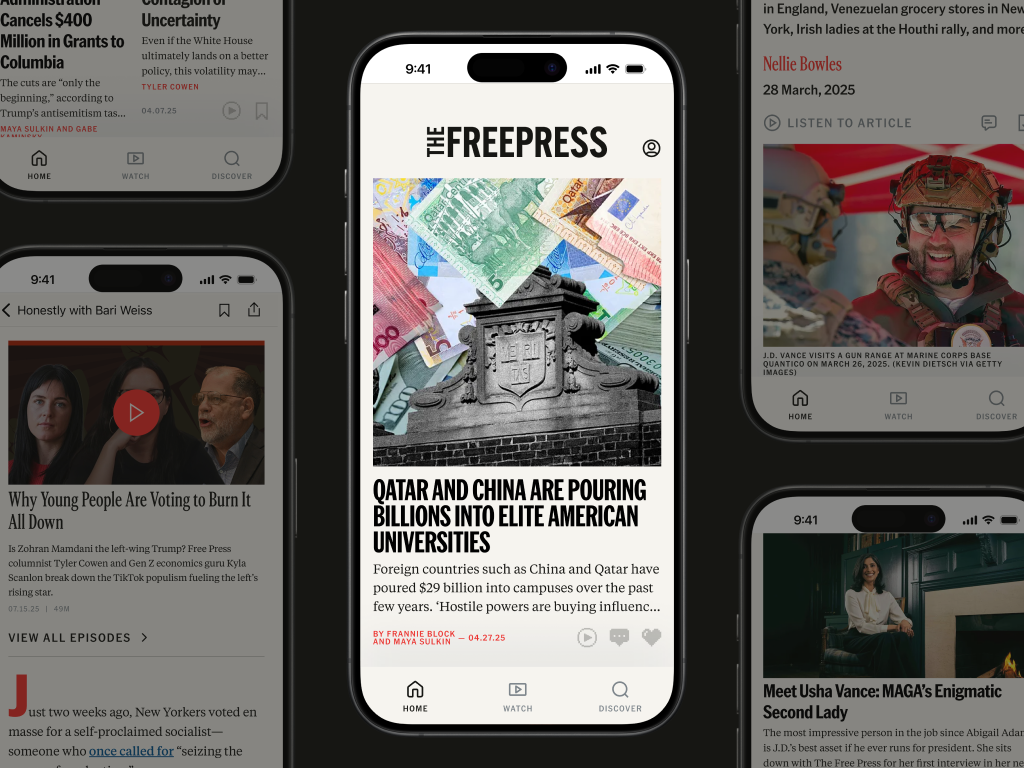Uber will allow New Yorkers to hail a yellow cab from the app
Starting this spring, New York City residents will be able to hail a yellow cab from their Uber app. Uber announced a partnership on Thursday that would make cab rides available from its app, bringing a onetime foe into its fold as the tech company struggles with driver shortages.
The partnership should increase the number of rides available on Uber while giving the city's 14,000 yellow-cab drivers access to a large pool of commuters who currently rely on Uber on their phones, Uber said.
The delivery company, which was founded in 2009 as a way to "disrupt" the taxi industry, has been struggling to attract delivery workers to its platform. The shortage has been made worse by skyrocketing gas prices that reduce drivers' take-home pay.
In New York City, Uber customers will pay roughly the same amount for taxi rides as they would for UberX rides, spokesperson Conor Ferguson told CBS News. Cabbies will be able to see what a trip will pay before they decide whether to accept it, something Uber drivers in New York cannot do.
A beta version for taxis will be rolled out this spring and reach the general public this summer, according to Creative Mobile Technologies, one of Uber's two tech partners on the project. Creative Mobile said the move would allow taxi drivers on its app to see a higher volume of trips and expanded revenue.
The New York Taxi Workers Alliance, which represents cab drivers and often opposes app-based companies, criticized the deal, saying that it would lower cab drivers' pay from what they currently earn with meters. It plans to negotiate with Uber over the fares, the group said.
"[T]he fare structure that is not enough for Uber drivers is also not going to be enough for yellow cab drivers who have higher expenses such as the medallion payment and higher car costs," NYTWA executive director Bhairavi Desai said in a statement.
History of battles
New York is Uber's largest U.S. market, and a key battleground with city regulators and workers.
"It's bigger and bolder than anything we've done," Andrew Macdonald, Uber's senior vice president of mobility and business operations, told the Wall Street Journal.
The agreement announced Thursday comes against a backdrop of more cities moving to regulate the explosive growth of Uber and other app-based ride services. New York temporarily put a cap on new licenses for ride-hailing services in 2018. It also was the first U.S. city to set minimum pay levels for drivers after a series of driver suicides led the city to move to improve drivers' working conditions.
Globally, Uber Technologies Inc. has been incorporating taxi drivers into its system for the past several years. In Spain, the company has integrated taxis in Madrid, Málaga, Valencia and Barcelona. In Colombia, it's teamed up with TaxExpress, which has more than 2,300 active drivers and accounts for half of all Uber taxi trips in Latin America. Uber also has relationships with taxi software and fleet operators in Austria, Germany, Hong Kong, Turkey and South Korea, the Associated Press reports.
There had been hints that tensions between Uber and taxi services had begun to thaw as Uber expanded aggressively into the very lucrative food delivery business and needed a growing supply of delivery drivers.
During the pandemic, Uber's food deliveries outpaced passenger rides as millions sheltered at home. Gross bookings for delivery services at Uber reached $13.4 billion in the final quarter of 2021, compared with $11.3 billion for Uber rides.
How the partnership will work
Under the New York City agreement, anyone with the Uber app will have access to thousands of yellow taxis that operate on the CMT/Arro platform, according to the AP. Taxi drivers will see Uber-originated fares on their driver monitors, which they already use to service e-hails from the Arro taxi app.
Curb, Uber's other partner in New York City, offers a ride-hailing app for licensed taxi and for-hire rides in North America. While its partnership with Uber will start in New York City, Curb said that the collaboration will expand to its nationwide network over the coming months.
The Associated Press contributed reporting.





